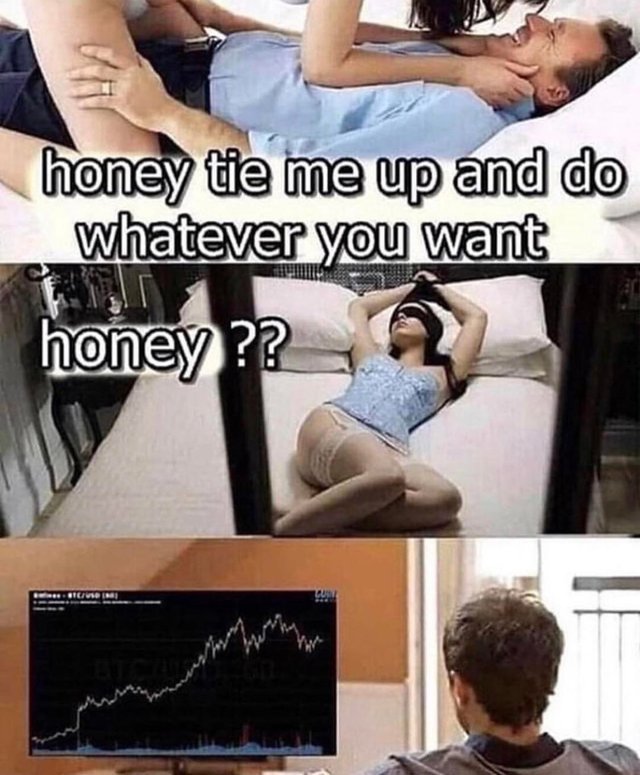I normally leave these types of topics for Mel to post about but this one hit close to home. Longer life expectancy and healthy habits is something that is not new, but now has a long-term study confirming what most already knew from using common sense. Ever since seeing my first Arnold Schwarzenegger book (senior year in college) I have religiously followed the 5 habits mentioned in a Harvard School of Public Health study. There is no one I know who has been a health zealot for a longer period than me. But, some 40 years later, being eventually proven right that living a healthy lifestyle is the right way (if you want to extend your life), with the prospect of a potential 30+ more years I am seriously doubting whether I want those additional years. Don’t get me wrong, I have no death wish but without knowing the quality of those future years I am now questioning whether I should have just had that slice of cheesecake rather than the carrot sticks and rice cakes 😊. As I get older it has become clear that the focus has shifted to quality from quantity.
Here is a summary of the Harvard study findings …
Maintaining five healthy habits — eating a healthy diet, exercising regularly, keeping a healthy body weight, not drinking too much alcohol, and not smoking — during adulthood may add more than a decade to life expectancy. It was also found that American women and men who maintained the healthiest lifestyles were 82 percent less likely to die from cardiovascular disease and 65 percent less likely to die from cancer when compared with those with the least healthy lifestyles over the course of the roughly 30-year study period.
The study is the first comprehensive analysis of the impact that adopting low-risk lifestyle factors has on life expectancy in the U.S. Americans have a shorter average life expectancy — 79.3 years — than almost all other high-income countries. The U.S. ranked 31st in the world for life expectancy in 2015. The new study aimed to quantify how much healthy lifestyle factors might be able to boost longevity in the U.S.
Harvard Chan researchers and colleagues looked at 34 years of data from 78,865 women and 27 years of data from 44,354 men participating in, respectively, the Nurses’ Health Study and the Health Professionals Follow-up Study. The researchers looked at how five low-risk lifestyle factors — not smoking, low body mass index (18.5-24.9 kg/m2), at least 30 minutes or more per day of moderate to vigorous physical activity, moderate alcohol intake (for example, up to about one 5-ounce glass of wine per day for women, or up to two glasses for men), and a healthy diet — might impact mortality.
For study participants who didn’t adopt any of the low-risk habits, the researchers estimated that life expectancy at age 50 was 29 years for women and 25.5 years for men. But for those who adopted all five, life expectancy at age 50 was projected to be 43.1 years for women and 37.6 years for men. In other words, women who maintained all five healthy habits gained, on average, 14 years of life, and men who did so gained 12 years, compared with those who didn’t maintain healthy habits.
Compared with those who didn’t follow any of the healthy lifestyle habits, those who followed all five were 74 percent less likely to die during the study period. The researchers also found that there was a dose-response relationship between each individual healthy lifestyle behavior and a reduced risk of early death, and that the combination of all five healthy behaviors was linked to the most additional years of life.




